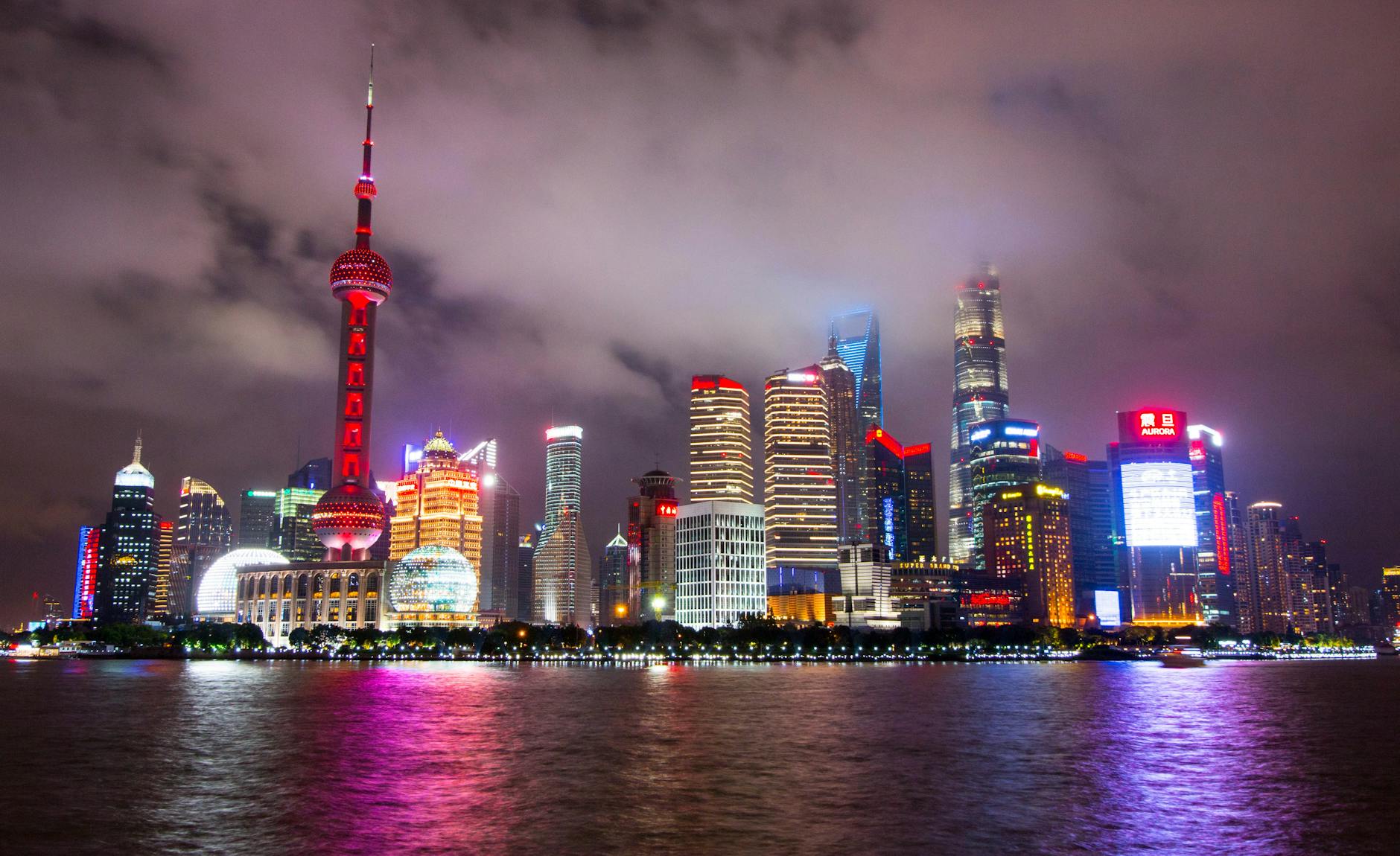As night falls across China, its cities awaken into vibrant hubs of activity, showcasing a transformative economic phenomenon known as the “night economy.” This sector, which encompasses late-night dining, cultural performances, shopping, tourism, and more, is rapidly evolving into a cornerstone of China’s urban life and economic growth. The 2024 China Night Economy Development Report offers a deep dive into this fascinating domain, highlighting its cultural richness, economic vitality, and innovative trends.
The Rise and Appeal of China’s Night Economy
The concept of the night economy has gained prominence as a reflection of urban vitality and cultural identity. It is no longer limited to traditional late-night markets; it now includes a blend of commerce, culture, and technology. Policies introduced in 2024 under the “Consumption Promotion Year” have amplified its role as an economic engine. For instance, over 102 national-level nighttime cultural and tourism consumption clusters have been identified, reflecting a strategic push to create diverse and immersive nighttime experiences.
The report reveals that over 60% of urban consumer spending occurs at night, driven by a demand for unique cultural experiences and enhanced convenience. From bustling food streets to cutting-edge virtual reality (VR) entertainment hubs, the night economy provides a dynamic platform for both tradition and modernity.
China’s night economy thrives on its ability to seamlessly integrate cultural heritage with modern consumer preferences. Cities like Shenzhen, Chengdu, and Shanghai illustrate this blend vividly:
- Shenzhen: Renowned for its innovative spirit, Shenzhen’s night economy features low-altitude helicopter tours, drone light shows, and vibrant shopping districts. The city’s emphasis on high-tech entertainment and interactive experiences attracts both domestic and international tourists.
- Chengdu: Famed for its culinary heritage, Chengdu’s night markets combine traditional Sichuan cuisine with live cultural performances. Landmarks such as Jinli Street offer visitors a chance to savor local delicacies while enjoying traditional crafts and operatic displays.
- Shanghai: The “Museum Night” initiative showcases Shanghai’s efforts to bring history and art into the evening hours. Interactive exhibitions and extended museum hours provide a sophisticated alternative to conventional nightlife.
These cities demonstrate how cultural elements can create a unique identity for the night economy, transforming it into a vehicle for regional pride and tourism development.
Innovation and Regional Impact
The integration of digital technology has revolutionized the night economy. Innovations such as smart lighting systems, augmented reality (AR), and data-driven customer engagement strategies have enhanced the consumer experience. For example, 5G-enabled platforms allow real-time interaction during nighttime festivals, while VR tours offer immersive exploration of cultural landmarks.
In 2024, digital tools enabled over 214,000 nighttime projects across 30 provinces, generating significant economic benefits. Cities like Hangzhou and Xi’an have successfully implemented smart tourism solutions, making nighttime activities more accessible and engaging. The rise of “livehouse” music venues and late-night sports facilities further underscores the role of technology in diversifying nighttime offerings.
Each region of China contributes distinct flavors to the night economy:
- Guizhou’s “Village Super League”: Combining grassroots football tournaments with local cultural festivities, this initiative has drawn millions of visitors, boosting regional tourism and agricultural product sales.
- Suzhou’s Nighttime Garden Tours: Leveraging its classical gardens, Suzhou offers immersive evening experiences that highlight its artistic heritage.
- Foshan’s Performance Economy: Large-scale concerts and music festivals have revitalized the city’s cultural identity, attracting audiences from across the nation and supporting local businesses.
These initiatives illustrate how the night economy extends beyond urban centers, benefiting smaller towns and rural areas through targeted events and infrastructure improvements.
Challenges and Opportunities
Despite its rapid growth, the night economy faces challenges such as infrastructure limitations and safety concerns. Cities must invest in public transportation, lighting, and security to create a seamless and secure nighttime environment. Moreover, striking a balance between commercialization and cultural preservation remains a priority.
Opportunities abound for further innovation. By embracing the “China Style,” regions can integrate traditional elements into contemporary formats, creating experiences that resonate with both younger and older generations. Cross-regional collaboration and the use of emerging technologies like the metaverse could also redefine the possibilities of the night economy.
Conclusion
China’s night economy is more than an economic trend; it is a testament to the country’s ability to adapt and innovate while honoring its cultural roots. As cities continue to explore new ways to enhance nighttime activities, the potential for economic growth and cultural exchange remains boundless. By fostering a vibrant, inclusive, and innovative night economy, China sets a benchmark for global urban development and cultural integration, proving that the true spirit of a city shines brightest after dark.
For a deeper understanding of China’s evolving economic landscape, consider exploring related topics such as The Rise of China’s Second-Hand Economy: A Glimpse into the 2024 Market Report and Trapped in the Algorithm: The Precarious Lives of China’s Food Delivery Riders. These articles provide valuable insights into the diverse facets of China’s dynamic economy.

评论